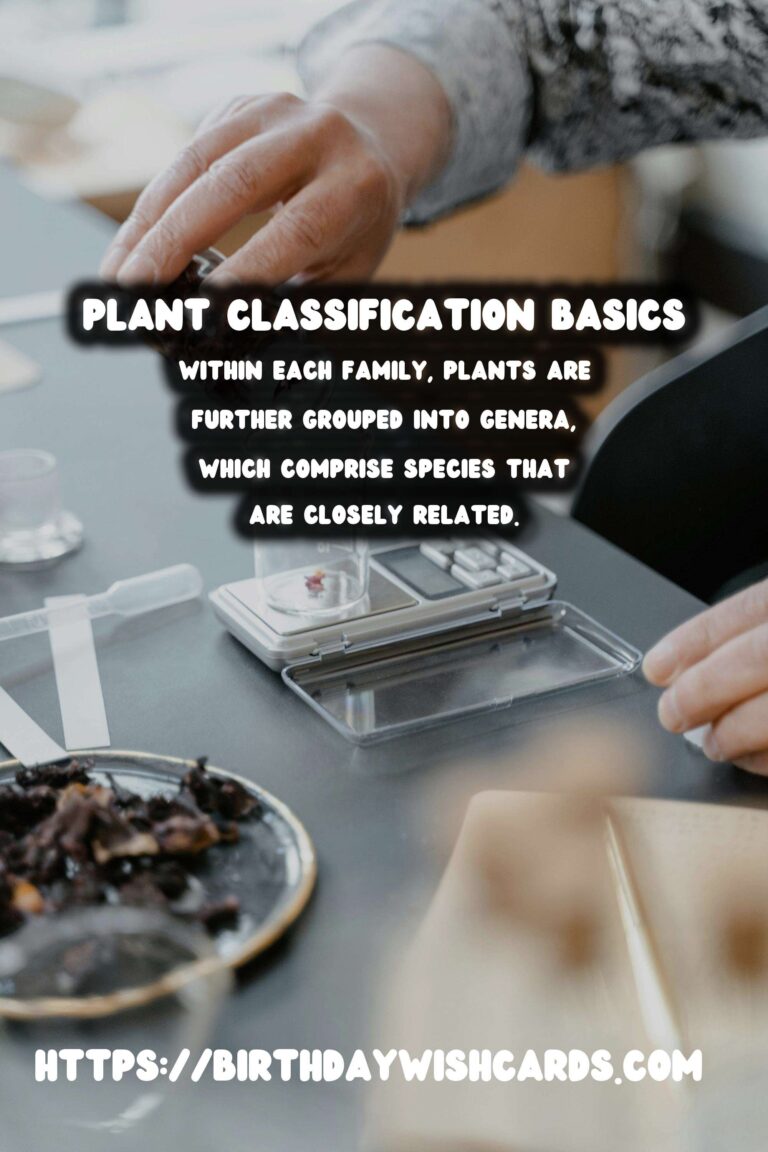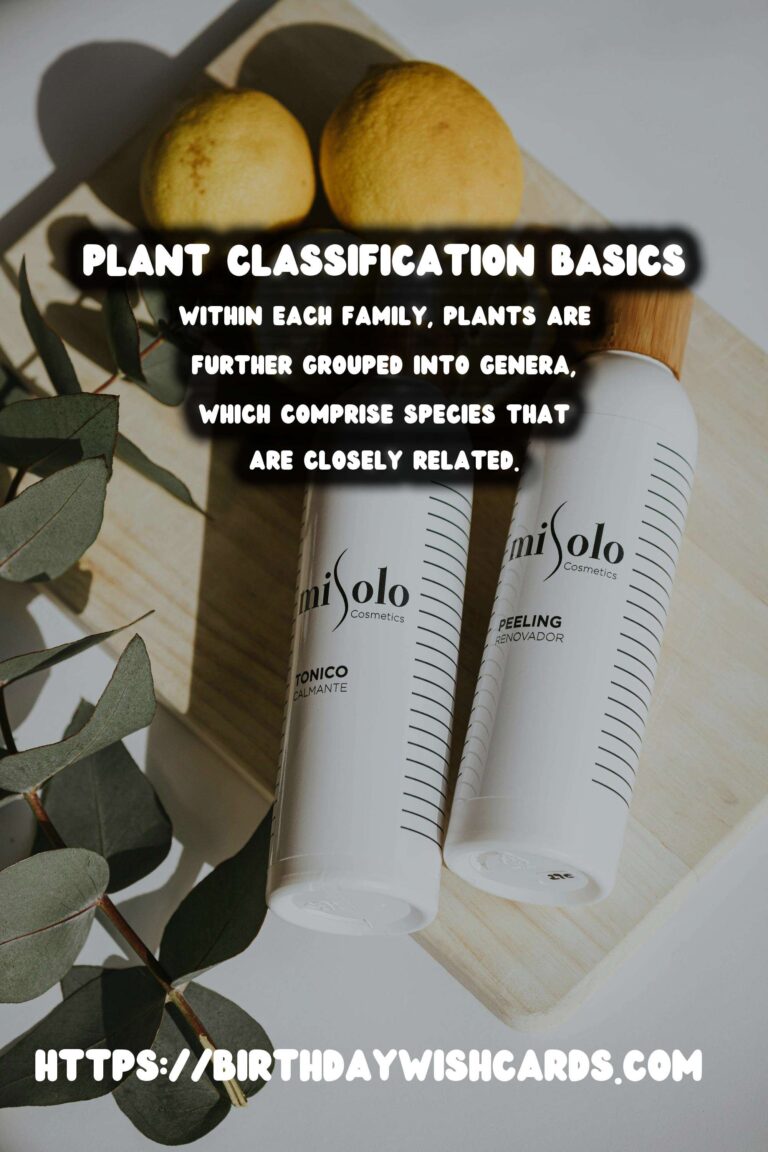
The world of plants is vast and varied, with millions of species thriving in diverse ecosystems across the globe. To make sense of this diversity, scientists have developed a system of classification that groups plants into categories based on shared characteristics. Two of the fundamental units in this system are families and genera. Understanding these classifications can provide valuable insights into the relationships between different plants and their evolutionary history.
What is Plant Classification?
Plant classification, or taxonomy, is the science of naming, defining, and categorizing plants based on shared characteristics. This hierarchical system is used to identify and organize plants into groups that reflect their natural relationships. The primary goals of plant classification are to provide a universal language for plant identification and to illustrate the evolutionary connections between different species.
The Hierarchical Structure of Plant Classification
Plant classification follows a hierarchical structure, starting with broad categories and becoming more specific as it descends. The major levels of this hierarchy include:
- Kingdom: The highest level of classification. All plants belong to the kingdom Plantae.
- Division/Phylum: This level groups plants with similar physical and genetic characteristics. For example, Angiosperms (flowering plants) and Gymnosperms (non-flowering plants).
- Class: A further division within phyla, grouping plants with even more specific similarities.
- Order: A classification that groups families with similar traits.
- Family: An essential category that groups related genera. Families are often well-known, such as Rosaceae (the rose family) or Fabaceae (the legume family).
- Genus: A group of closely related species. For example, the genus Rosa includes all rose species.
- Species: The most specific classification, identifying individual plants that can reproduce together.
Understanding Plant Families
Plant families represent a critical level of classification. A family includes one or more genera that share certain morphological traits. Botanists use family characteristics, such as flower structure, leaf arrangement, and seed type, to categorize plants. Knowing the family of a plant can help gardeners and botanists understand its growing conditions, potential pests, and related species. For example, members of the Solanaceae family, which includes tomatoes and potatoes, often prefer similar soil conditions and may be susceptible to similar diseases.
Exploring Plant Genera
Within each family, plants are further grouped into genera. A genus comprises species that are closely related and very similar. The genus name is always capitalized and italicized, forming the first part of a plant’s scientific name. For instance, in Rosa rubiginosa, Rosa is the genus, and rubiginosa is the species. The genus designation helps in identifying plants with a high degree of accuracy and provides clues to their evolutionary history.
The Importance of Scientific Names
Scientific names, derived from the genus and species, are universal identifiers used by scientists and horticulturists worldwide. These names reduce confusion that can arise from common names, which might vary by region and language. For example, the plant known commonly as ‘corn’ in the United States is called ‘maize’ in many other countries. However, its scientific name, Zea mays, is recognized globally.
Conclusion
Understanding plant classification at the levels of families and genera provides a foundation for exploring the rich diversity of the plant kingdom. This knowledge helps gardeners, botanists, and enthusiasts communicate accurately about plants, understand their needs, and appreciate their evolutionary relationships. As our understanding of plant genetics and relationships continues to grow, so too does our ability to classify and cultivate the incredible variety of plants that share our world.
Plant classification, or taxonomy, is the science of naming, defining, and categorizing plants based on shared characteristics. The hierarchical structure of plant classification starts with broad categories and becomes more specific. A plant family groups related genera that share certain morphological traits. Within each family, plants are further grouped into genera, which comprise species that are closely related. Scientific names are universal identifiers used to reduce confusion in plant identification. 









#PlantClassification #Botany #PlantFamilies #PlantGenera #Gardening #Horticulture




